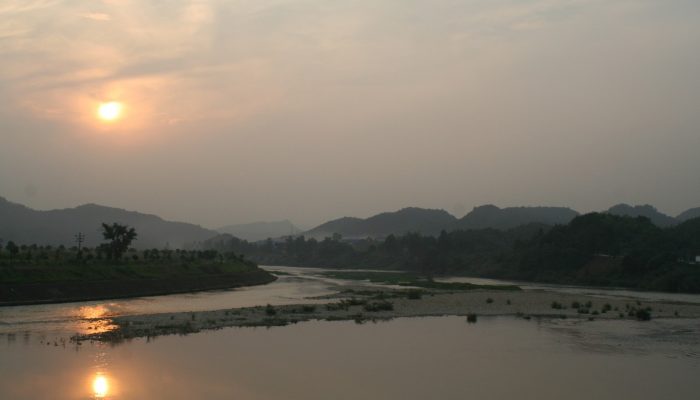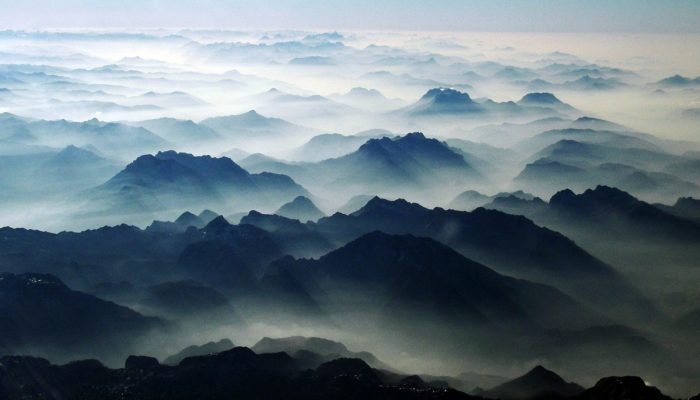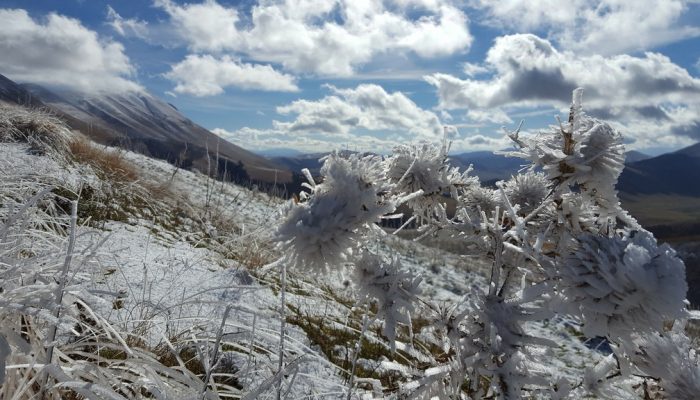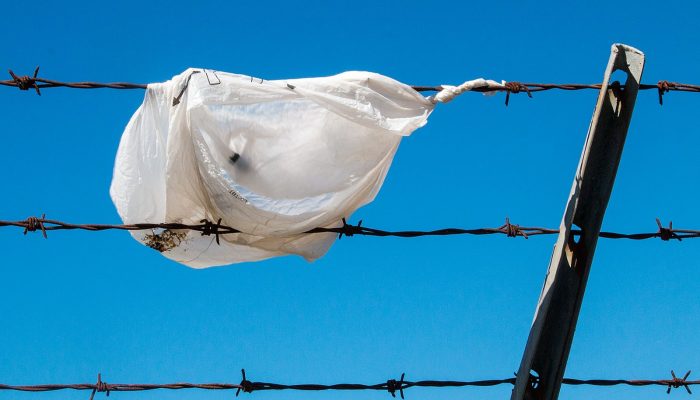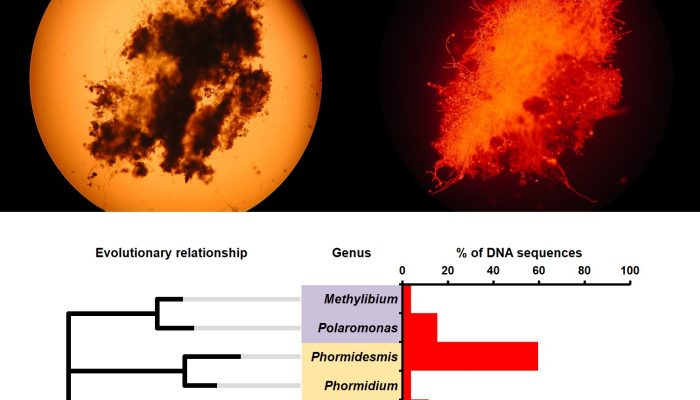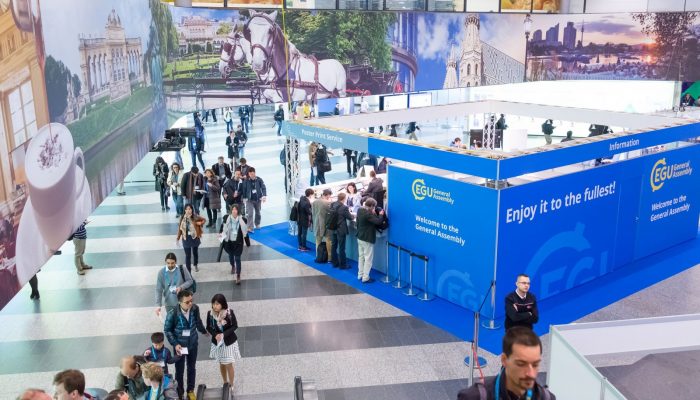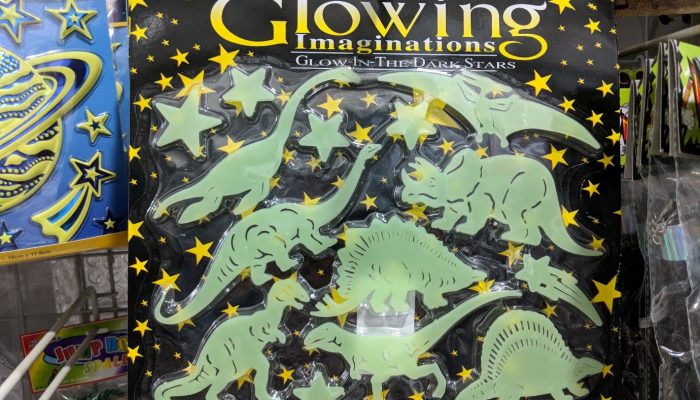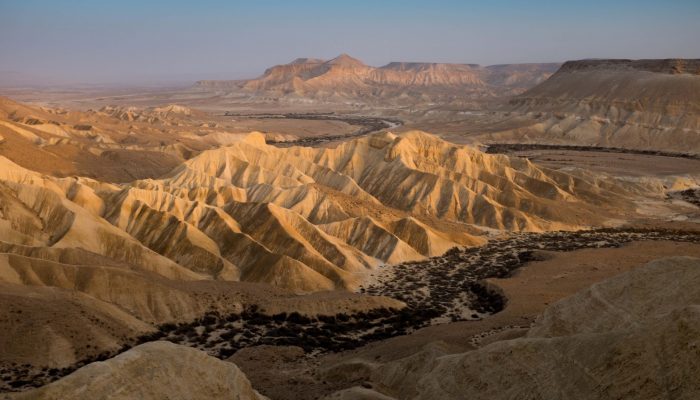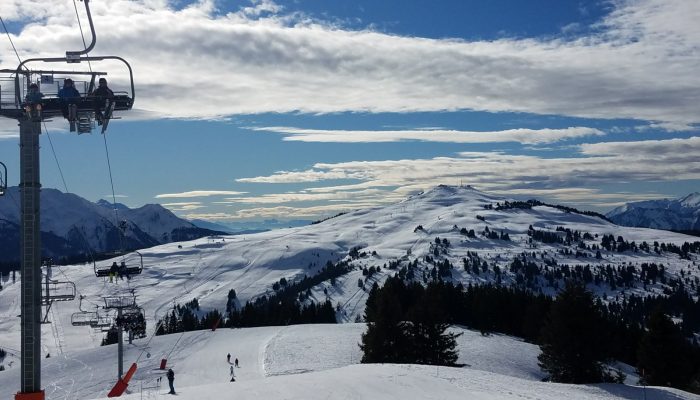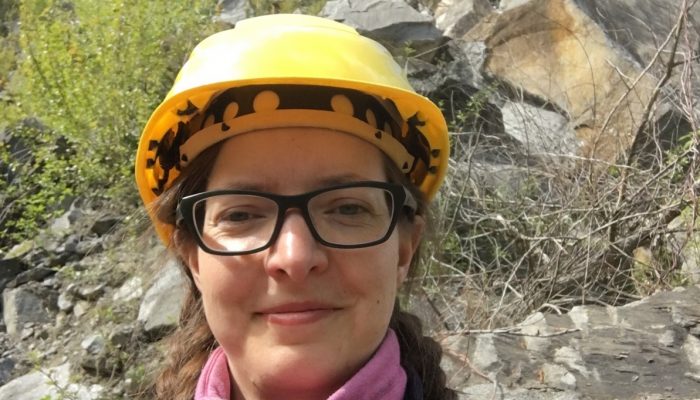China has enjoyed economic growth over the past decades, bringing undoubted prosperity to the country. But exponential industrialisation and rapid growth comes at a significant environmental cost. The nation is heavily dependent on coal-fired power, making it one of the world’s largest emitters of greenhouse gases and it’s thirst for development is a drain on vital resources, including ...[Read More]
Tectonics and Structural Geology
EGU – Realm and Maze? An interview with Susanne Buiter, the current chair of the EGU Programme Committee
Susanne Buiter is senior scientist and team leader at the Solid Earth Geology Team at the Geological Survey of Norway. She is also the chair of the EGU Programme Committee. This means that she leads the coordination of the scientific programme of the annual General Assembly. She assists the Division Presidents and Programme Group chairs when they build the session programme of their divisions, hel ...[Read More]
GeoLog
Imaggeo on Mondays: Winter threatens to freeze over fieldwork
This photo was taken during a fieldwork campaign following the mainshock of the deadly seismic sequence that struck central Italy starting from 24 August 2016. The magnitude 6.2 earthquake severely damaged nearby towns, claimed more than 290 lives and injured nearly 400 people in its wake. As a geologist from the National Institute of Geophysics and Volcanology, I was in charge of measuring the ma ...[Read More]
GeoLog
Geopolicy: Combating plastic pollution – research, engagement and the EU Plastic Strategy
Awareness around the prevalence of plastic pollution, particularly in our oceans, has been growing over the last few years. This is not surprising considering that plastic production has surged from 15 million tonnes in 1964 to 311 million tonnes in 2014 and models have shown that this number will double again within the next 20 years in a business as usual scenario. Furthermore, research conducte ...[Read More]
Cryospheric Sciences
Image of the Week – The world in a grain of cryoconite
Microbes growing on glaciers are recognized for their importance in accelerating glacier melting by darkening their surface and for maintaining biogeochemical cycles in Earth’s largest freshwater ecosystem. However, the microbial biodiversity of glaciers remains mysterious. Today, new DNA sequencing techniques are helping to reveal glaciers as icy hotspots of biodiversity. To see a world in a grai ...[Read More]
GeoLog
EGU 2018 General Assembly programme is now online!
The EGU General Assembly 2018 programme is available here. Take a look and – if you haven’t already – register for the conference by 1 March to make the early registration rates! This year’s scientific programme of the General Assemby includes Union-wide Sessions, such as the medal lectures, great debates, short courses, education and outreach symposia, as well as townhall and splinter meeti ...[Read More]
WaterUnderground
From groundwater flow to groundwater glow: why does groundwater fluoresce in ultraviolet light?
Post by Andy Baker, Professor researching groundwater, caves, past climate, organic carbon and more at the University of New South Wales, in Australia. __________________________________________________ We often come across items that glow after being exposed to ultraviolet light. Fluorescent stickers can be bought for the ceilings of bedrooms; fluorescent hands on analogue clocks and watches; flu ...[Read More]
GeoLog
Imaggeo on Mondays: The birth of a new ocean
This is a photograph of Zin (or Tzin) Valley, taken from Midreshet Ben Gurion at Sede Boker, Negev Desert in Israel. The Zin Valley takes its name from the River Zin, which is now a dry river except for a few days of the year when heavy rainfall can form dangerous flash floods. The River Zin originates from the Makhtesh Ramon (Crater Ramon), the biggest erosion crater in the world. It is located a ...[Read More]
Cryospheric Sciences
Image of the week – Skiing, a myth for our grandchildren?
Ski or water ski? Carnival season is typically when many drive straight to the mountains to indulge in their favorite winter sport. However, by the end of the century, models seem to predict a very different future for Carnival, with a drastic reduction in the number of snow days we get per year. This could render winter skiing something of the past, a bedtime story we tell our grandchildren at ni ...[Read More]
GeoLog
GeoTalk: Stephanie Zihms, Early Career Scientist Representative
In addition to the usual GeoTalk interviews, where we highlight the work and achievements of early career researchers, this month we’ll also introduce one of the Division early career scientist representatives (ECS). They are responsible for ensuring that the voice of EGU ECS membership is heard. From organising short courses during the General Assembly, through to running and attending regular EC ...[Read More]

